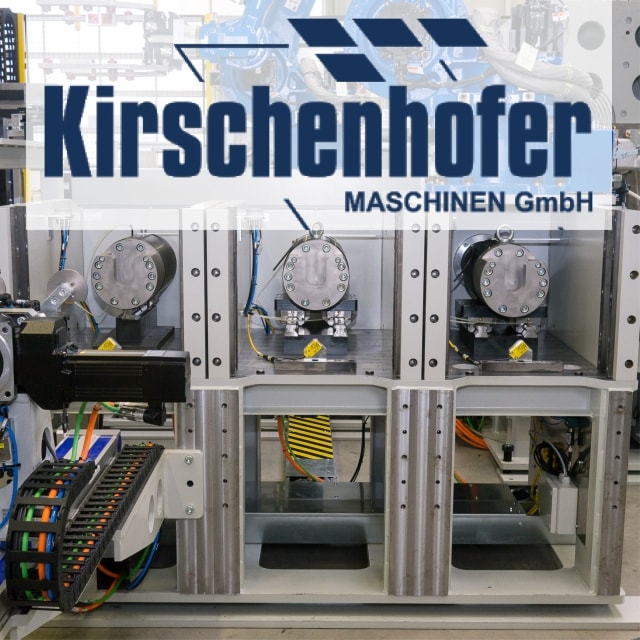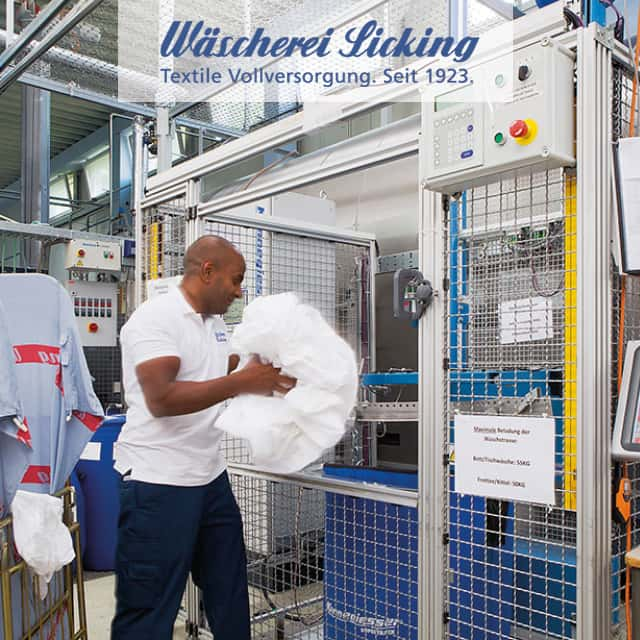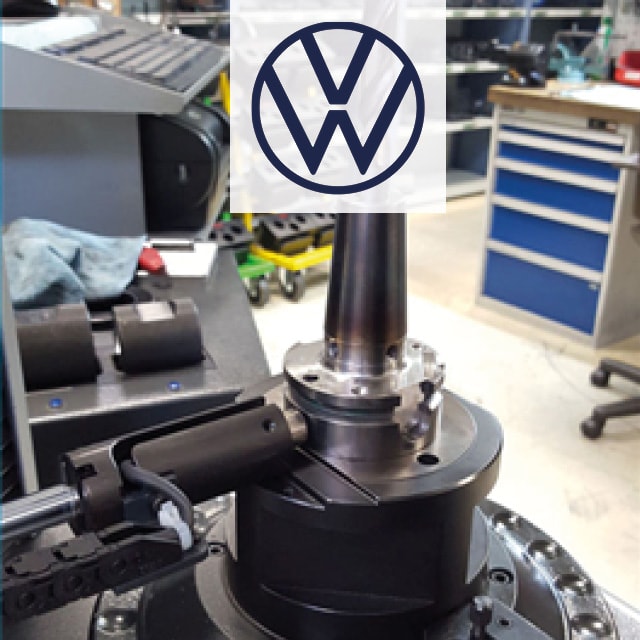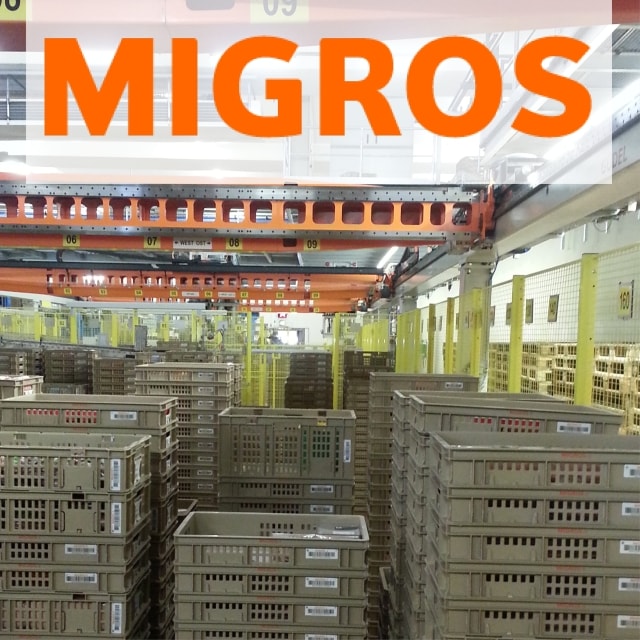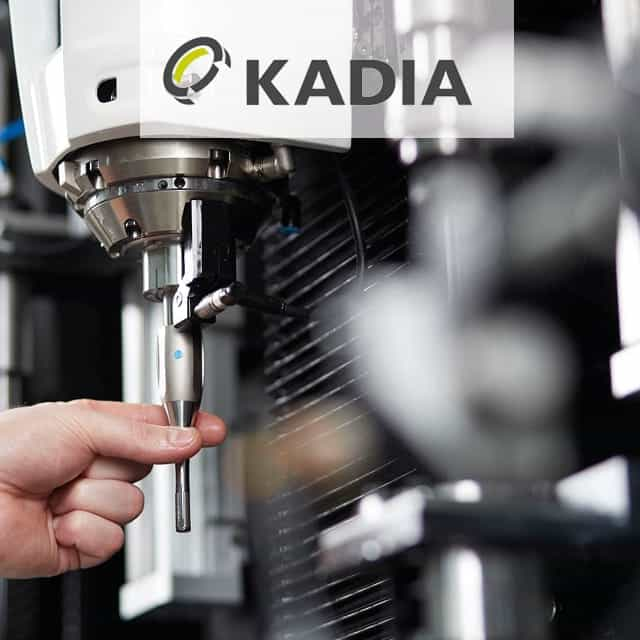
RFID in the Honing Process Creates Consistent Traceability
A client of the mechanical engineering company Kadia Produktion was looking for a way to record identification and process data on honing tools.
The solution developed by Kadia Produktion is based on honing tools with integrated HF RFID transponders in order to eliminate tool mix-ups and secure the honing process. The objective is to establish bidirectional communication between tool and machine, to store and analyze data on usage, and to eliminate forgery and operating errors.
Kadia Produktion from Nürtingen was founded over 60 years ago. 200 employees are working at three locations in Germany and the USA. The core competences include honing and deburring. The company's main customers come from the automotive industry. Kadia Produktion implements solutions in the field of honing, and fine machining with small to medium bore diameters.
Process Requirements
Honing is a mechanical superfinishing process for bores. Maximum precision is required in the honing process. Depending on the component requirements, deviations of a maximum of plus/minus 0.5 micrometers may not be exceeded. Different tools are required for each process stage. Mixing up one tool can have consequences for the component and the honing machine.
Objective:
- Eliminate mix-ups
- Guarantee plausibility check
- Prevent forgeries and reclamation
- Create the possibility of bidirectional communication between spindle and machine
- Database based evaluation, visualization and utilization of the recorded tool data
- Hardware robustness against chemically active substances such as mineral oil-based cooling lubricants (KSS)
Solution
Companies like Bosch use between 300 and 500 tools for a machining project. On average, a honing tool can be used 20,000 to 50,000 times before it has to be replaced. At the end of their service life, the honing tools go back to Kadia Production to be prepared for reuse. At least ten reconditionings are possible per tool.
The central interface in Kadia Produktion's solution are the miniaturized HF RFID transponders in the honing tools. The spindles have a maximum diameter of just 20 millimeters. The transponders are installed in a surface-adjusted manner in order to prevent damage to the machine and read/write head during rotation.
The components are processed in sequential processes. Optically, the spindles cannot be distinguished. However, the means of cutting are clearly different. The assignment of the correct tool to the machining program and component is therefore a crucial process. The necessary plausibility check is ensured by detecting the transponder in the spindle used. If the inserted tool does not match the part or part program, the machine will not start.
All data on service life, geometry and reasons for expansion are stored in a fluid memory on the HF RFID transponders. The memory is overwritten every five cycles. Therefore, a continuous comparison with the database takes place.
Technology Partner
Advantages
- Automatic plausibility check
- Geometry data is automatically saved
- Error-prone manual data entry is eliminated
- Storage of the extraction data optimizes spindle preparation
- No possibility of using counterfeit or manipulated tools
Perspective
- For the future, Kadia Produktion plans to provide customers with tools to visualize and use the collected data.
Learn More
Questions? Get in contact with the editorial team!
Technologies
Application Fields








